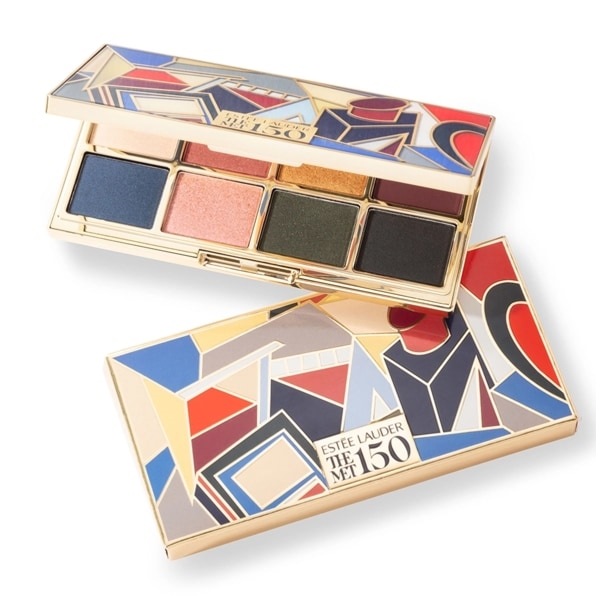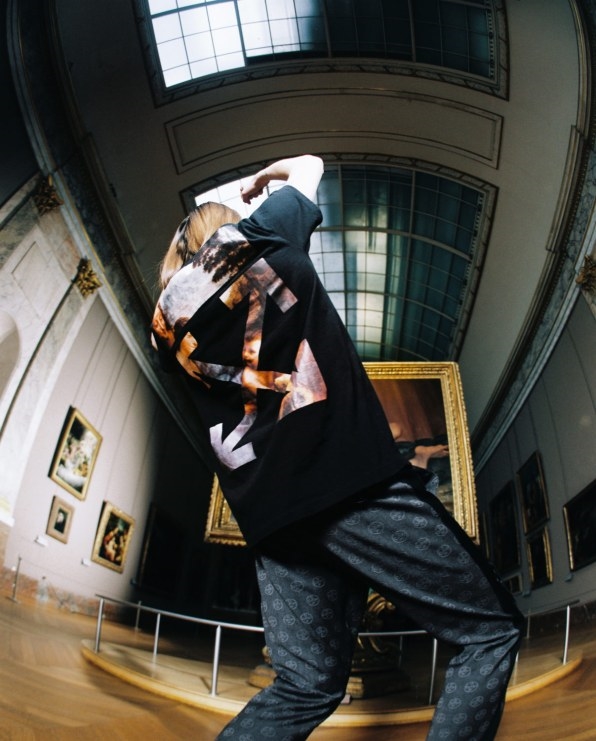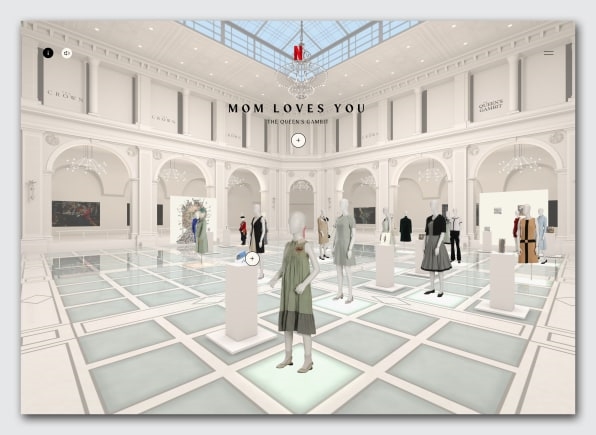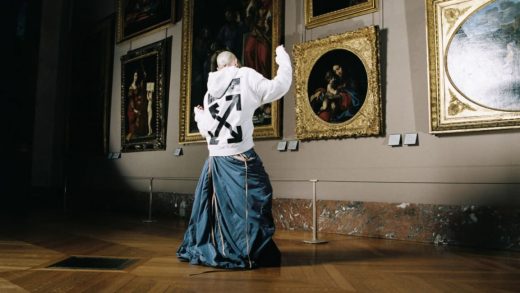How Oreos, iPhone cases, and TikTok could help museums make millions
How many times have you been to a museum in the last year? Probably not many. In fact, visitor figures for the world’s top 100 art museums dropped by 77% in 2020 as global lockdowns ravaged the cultural sector. While this has left many museums in dire straits, it has also triggered a radical reimagining of how they can reach wider—and importantly younger—audiences to help them recover from a year of losses.
A major part of this is how museums are rapidly becoming more sophisticated in how they capitalize on their cultural IP—the artworks and artifacts in their collection—to diversify their business and take their collections far beyond the museum walls.
In 2019, global sales of licensed goods were $292.8 billion, following a sixth consecutive year of growth. Historically, art and nonprofit museums have represented a tiny fraction of this, at 1.5%, but that means the chances for growth are huge. In fact, these sectors saw the biggest growth in terms of licensed merchandise in 2019.
Museums have thousands of artworks to capitalize on, some of which are the most recognizable images in the world. In the past, their use has been limited to simple gift shop souvenirs like tote bags emblazoned with the Mona Lisa. But now museums are becoming much more innovative in how they use their IP, taking advantage of memes, social media, and emerging technology to engage consumers and promote the museum while benefitting from new sources of income.
China is leading in this area, with Beijing’s Palace Museum reportedly making $222 million through product sales in 2018 alone. With the pandemic pushing many museums around the world to create new revenue streams quickly, the stage has now been set for widespread global growth.
Collaborations get creative
More and more museums are announcing innovative licensing partnerships with unexpected brands from the worlds of fashion, beauty, luxury, and food and beverage. The Met worked with with Estée Lauder on a makeup line inspired by artwork from their collection; the Natural History Museum made select pieces available to purchase from interior design company Made; and Beijing’s Palace Museum’s collaborated with Oreo on limited-edition cookies.

It’s a model we’ve seen in the entertainment and sport industry for years, but it’s new ground for the cultural sector. These partnerships give museums access to much wider audiences and create new revenue streams that exist independently from visitor income. In our experience, retailers and brands are eager to collaborate with cultural institutions because it gives them access to the unique iconography and storytelling opportunities of some of the world’s most celebrated artifacts and artworks.
At the same time, we know Gen Z uses art and culture for self-expression and wants to engage with brands that share their values. Museums are now starting to reach this audience by collaborating with fashion and lifestyle brands to create innovative products and experiences that turn younger generations into ambassadors for the museum.

The Louvre’s collaboration with Virgil Abloh’s fashion brand Off-White, released on the cusp of the pandemic, was a sign that museums were already starting to think about these moves, even before lockdowns forced their hands. The range of T-shirts and hoodies featuring some of the museum’s iconic Leonardo da Vinci works brought the Louvre new cultural relevance, an expanded audience, and new retail opportunities via Off-White’s stores and stockists like Browns.
More recently, the Louvre announced its collaboration with tech accessory giant Casetify, which released a collection of art-inspired iPhone cases, AirPod cases, and wireless charging pads, again increasing its reach as well as its income. The Louvre’s brand partnerships reportedly generated $5.3 million in 2020, compared to $3.2 million in 2019.
Going digital
Over the last year, we’ve also seen museums using increasingly sophisticated digital means to bring the whole museum experience to visitors around the world via VR tours, online retail experiences, livestreamed events, and in-app filters and stickers. These are often at their most powerful when combined with storytelling around cultural IP licensing collaborations.
The Brooklyn Museum recently collaborated with Netflix to develop a virtual exhibition of costumes from the acclaimed dramas The Crown and The Queen’s Gambit. These are shown alongside a carefully curated selection of items from the museum’s permanent collection, which relate to the shows’ themes and characters, a shrewd example of using digital technology to bring the experience of viewing a museum’s collection to whole new demographics.

TikTok has also been a lifeline for certain museums over lockdown. During the Euro 2020 football tournament, Amsterdam’s Rijksmuseum posted famous portraits with faces “painted” with a succession of participating country’s flags, accompanied by the caption “Get your game face on!” Meanwhile, Madrid’s Museo del Prado has become one of the most popular museum accounts on TikTok with its insightful explorations of key paintings from its collection. For anyone doubting if these novel TikTok strategies will translate into actual footfall, Florence’s world-famous Uffizi Gallery revealed that the number of younger visitors has doubled since it joined TikTok last year.
Cultural IP is also weaving its way into in-app filters and digital sticker collections as a way to embed itself into everyday world of digital messaging. One of my favorite examples is a series of social app stickers from the collection of China’s Gansu Provincial Museum, which brings unexpected humor and wit to ceramic and carved wooden artifacts, casting them in a new light.
The cultural sector has had a brutal 18 months. But there are real opportunities in the global licensed merchandise market, which is set to reach $338.7 billion by 2027. By leveraging their collections in clever, unique, and on-brand ways, museums can secure new revenue sources while reaching new and diverse audiences.
Yizan He is founder and CEO of Artistory LLP, an IP licensing firm working with some of the world’s leading museums, galleries, science centers, and libraries. He also serves as an investor and general partner of SIPIC Singapore, an investment fund that specializes in art and cultural IP.
(52)



